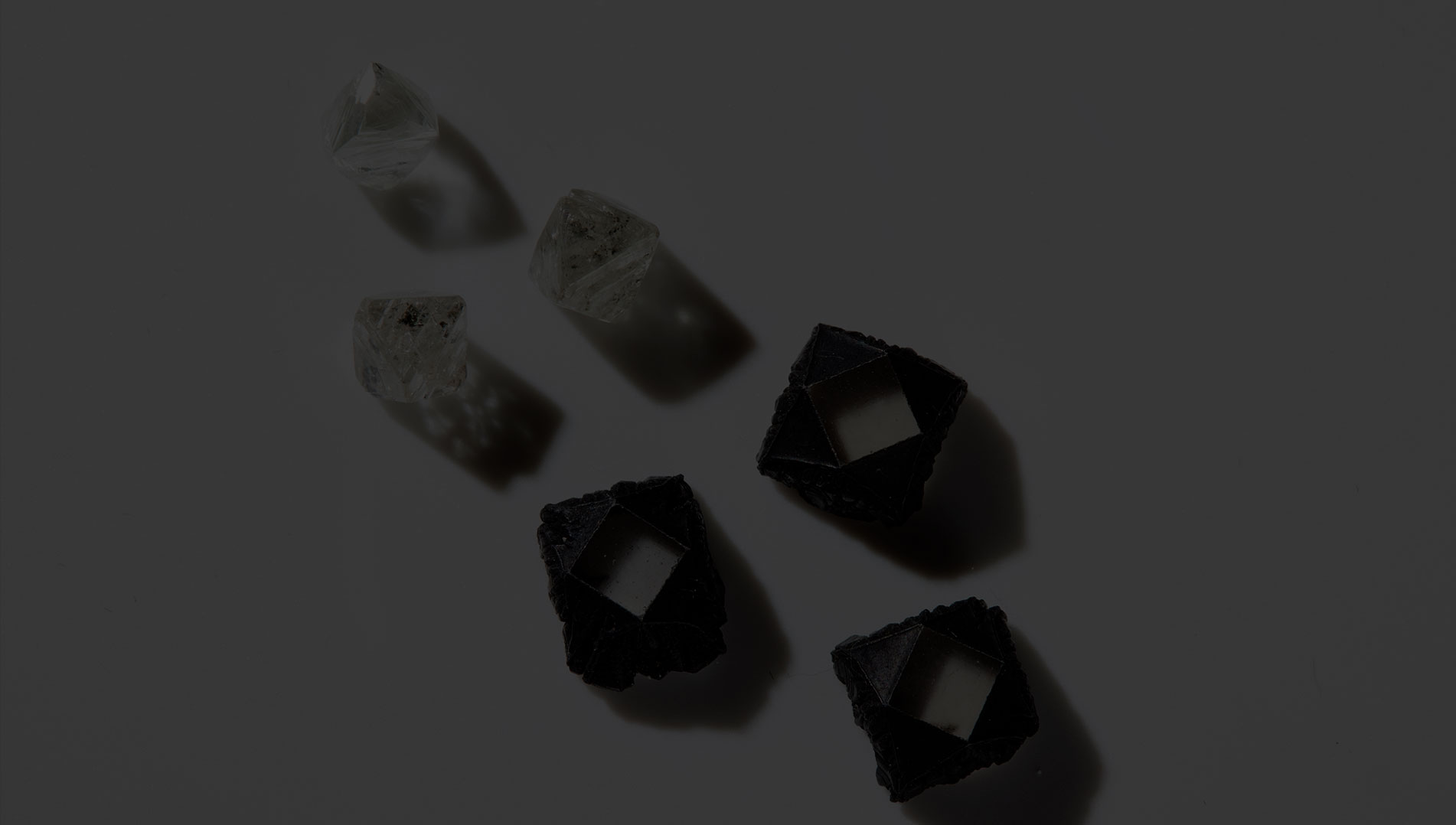
They may look alike, but natural diamonds and laboratory-grown diamonds are not the same. Knowing the differences could make or break your jewelry collection—both its value and heirloom quality. So, which will it be for you…
Scroll down to learn more
ORIGIN

NATURAL DIAMOND
THE O.G.
GOATed
A natural diamond is one of the most precious gems composed of nearly pure carbon arranged in a cubic crystal structure. The Earth’s original masterpiece, natural diamonds are formed over billions of years through Mother Nature’s perfect alignment of heat, pressure, placement and timing, rising to Earth’s surface through ancient volcanic activity that pre-dates dinosaurs! It’s nature’s original masterpiece. For life’s most special moments, do you choose the masterpiece—or the print?
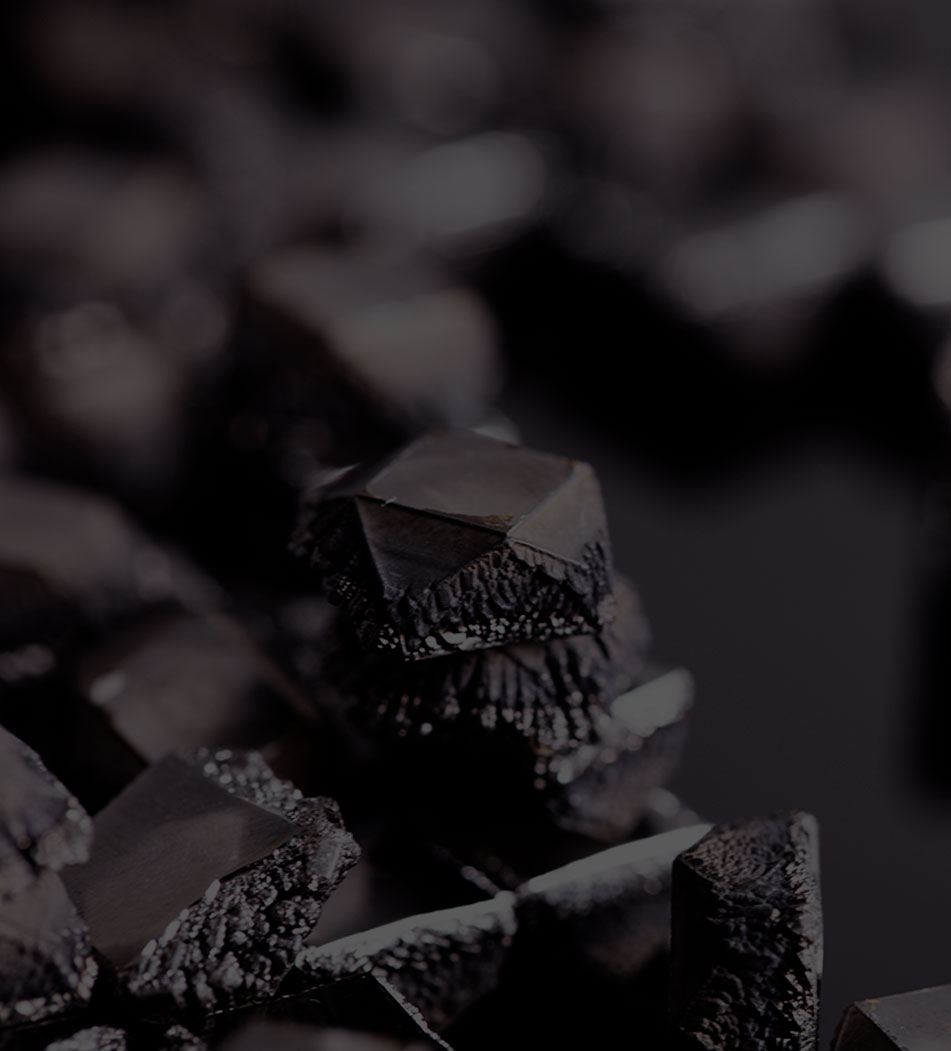
LABORATORY-GROWN DIAMOND
A.K.A. LAB GROWN , LAB CREATED
DUPE
WOATed
There are two processes of manufacturing: Chemical Vapor Deposition (CVD) and High Pressure High Temperature (HPHT). These processes are used mostly for creating industrial diamonds, but the opportunity to leverage the technology for jewelry emerged over a decade ago.
RARITY & UNIQUENESS

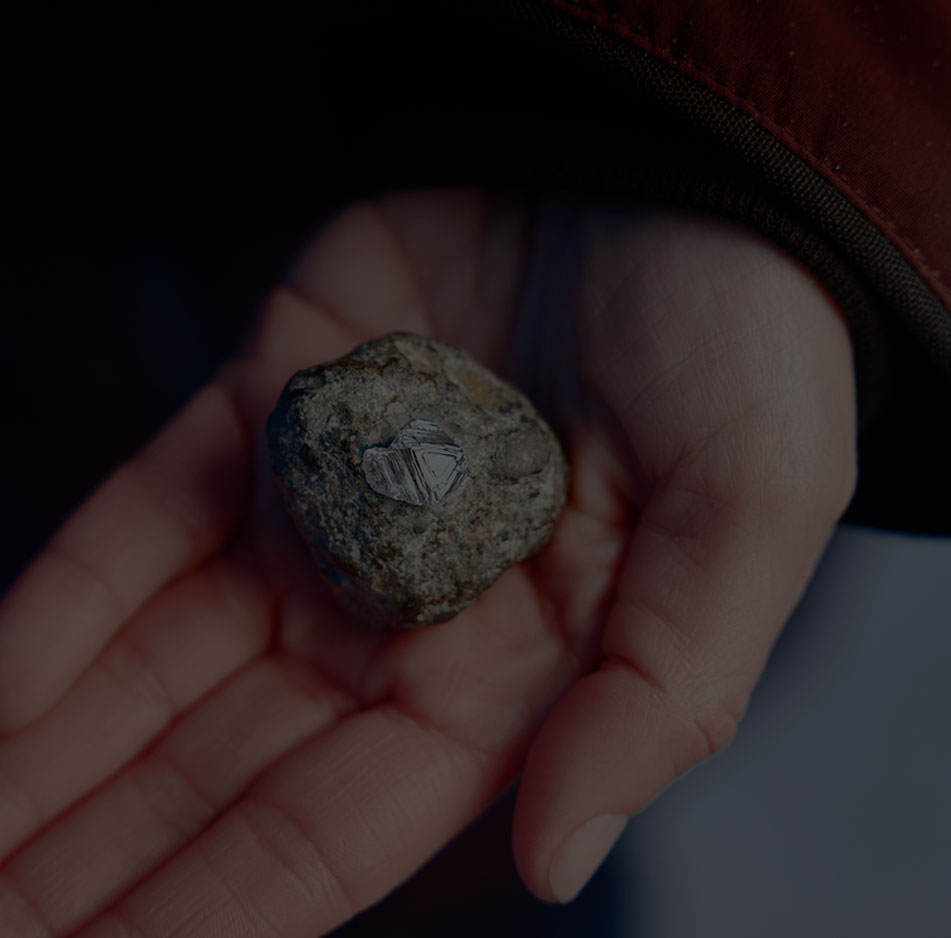
SWIPE RIGHT
They are likely the oldest, most precious object you will ever touch—let alone own—and have fascinated mankind for centuries, their allure and value continuing to stand the test of time. This is why they are the ultimate heirloom.
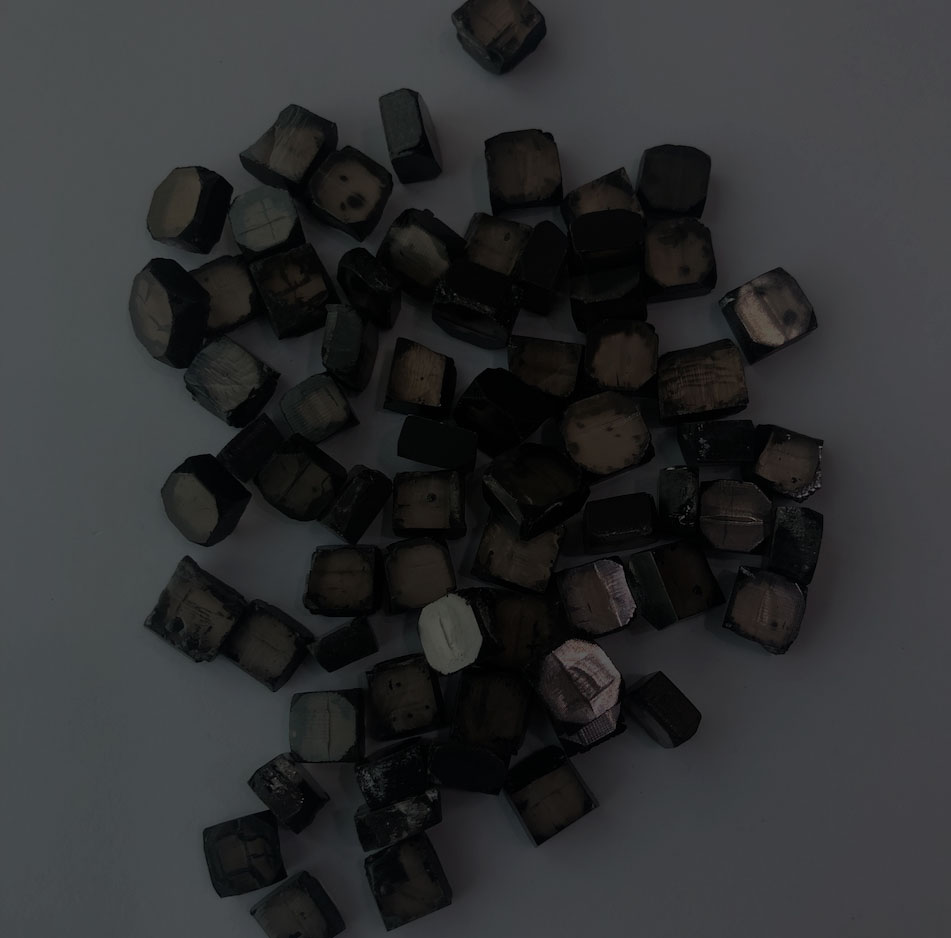
SWIPE LEFT
A laboratory-grown diamond can be made in unlimited quantities. Its value is based on production costs, which have dramatically declined due to the scalability of the technology. Since these diamonds can be mass-produced at virtually infinite quantities, they are not precious nor are they one-of-a-kind. Think: the look-a-like to the A-lister.
PRICE & VALUE


SLAY
Natural diamonds are finite and rare, which drives their value. They have been a store of wealth (and the center of Hollywood heist plots!) for many generations. Natural diamonds have shown long term appreciation over the last 35 years—no wonder they remain the most coveted gemstone.

CRAY
A laboratory-grown diamond is now made in a few days. They are mass-produced and in less than a decade, the price of laboratory-grown diamonds has decreased over 80%—and continues to rapidly decline. Yup, if you bought one a few years ago—or even last year—you overspent and you likely cannot trade it in. Ouch!
IMPACT ON PEOPLE & PLANET

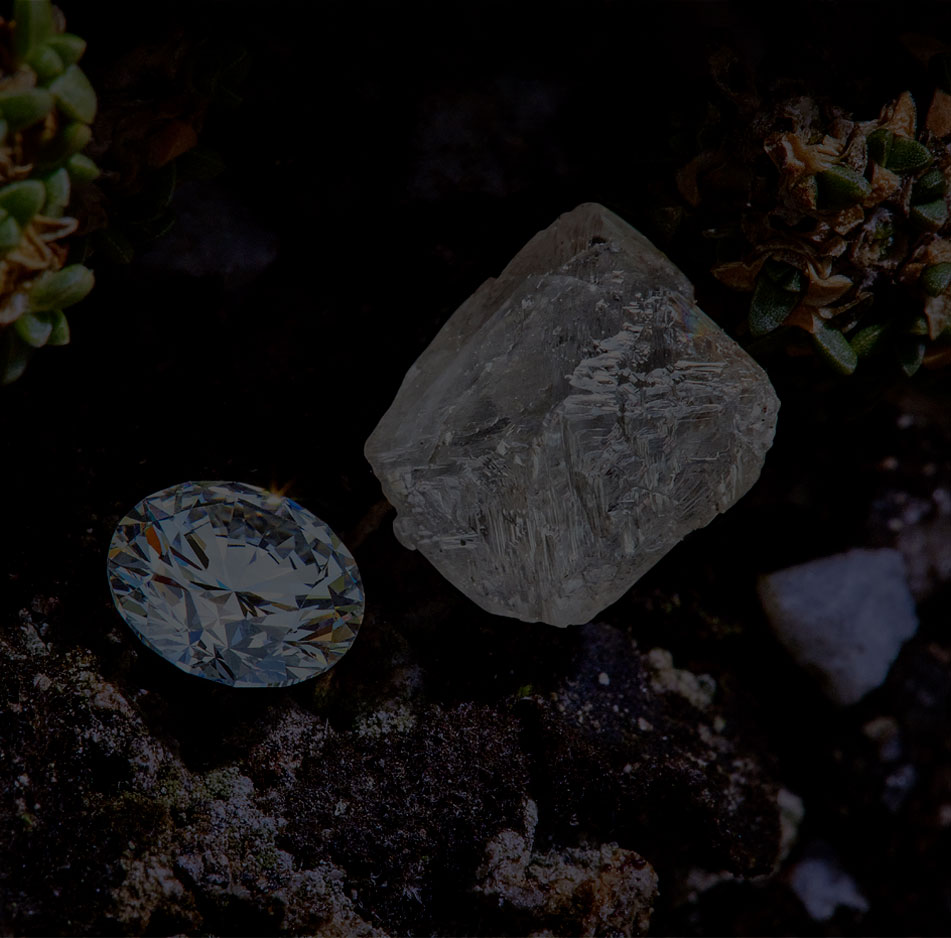
FOR BETTER
Natural diamonds are ethically sourced through a responsible global supply chain that supports the livelihoods of over 10 million people across 75+ countries. Whoa!
Up to 80% of a rough (pre-cut) diamond’s value stays with local and Indigenous communities in regions such as Botswana in Southern Africa or the Northwest Territories of Canada. This value comes in the form of jobs, hospitals, education, healthcare, and more.
The major diamond mining companies conserve and protect biodiversity 4x the size of their global operations (which equates to the size of NYC). Diamond mines can only open with rehabilitation plans in place to ensure the local ecosystem can thrive beyond the mine’s operations. For better, for sure.
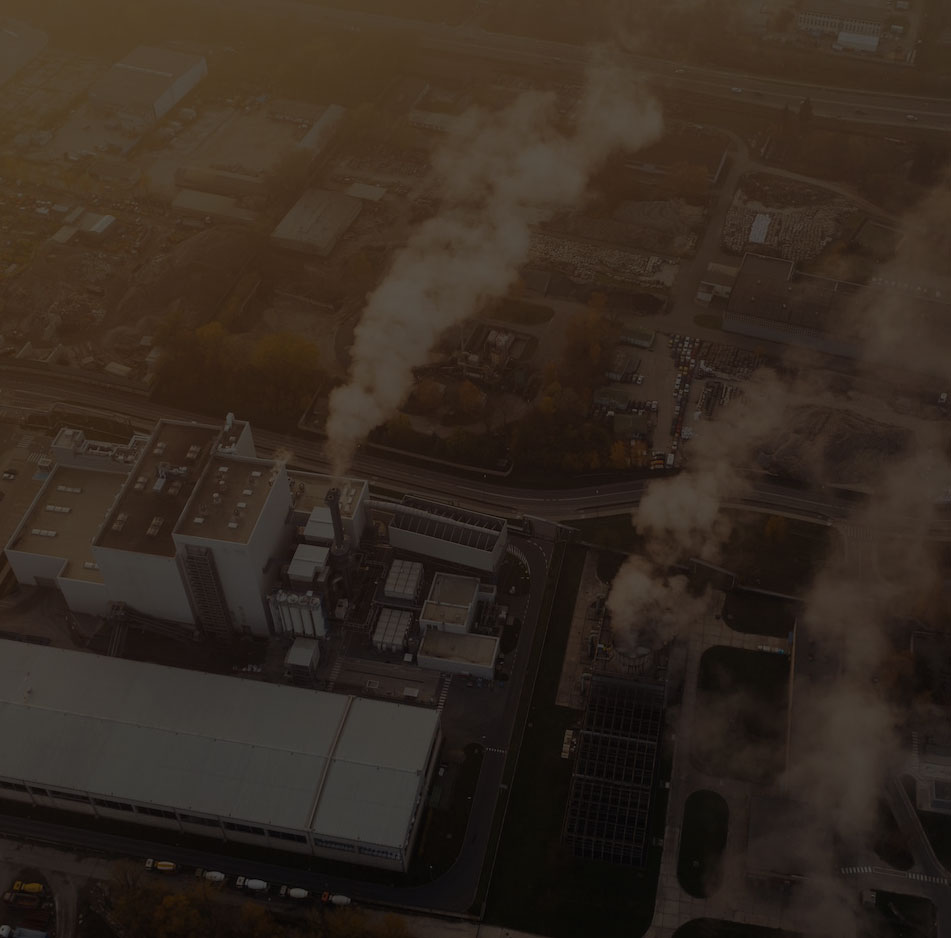
FOR WORSE
That means they use heat (i.e. energy) hotter than the surface of the sun and use immeasurable amounts of water to cool down operations. So, eco-claims, unless substantiated with verifiable data, are eco-empty and misleading.
There is no publicly available data on the working conditions and social benefits these factories offer their employees. Even if you wanted answers to these questions, you probably wouldn’t be able to find them, or they are unsubstantiated. Pretty sus...
Natural Diamond Council